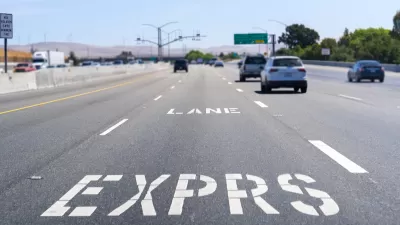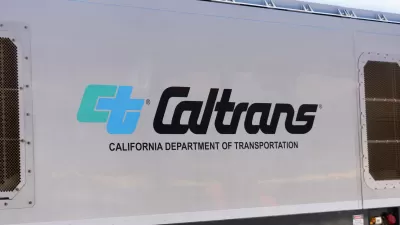In 2008, RAND Corp. conducted a study on mitigating traffic congestion in Los Angeles. They studied two types of strategies: conventional, e.g. signal timing, and market-based, e.g. increased the price of driving. The results were surprising.
Conventional congestion mitigation strategies included
• Ridesharing promotions
• Signal timing improvement
• Accident management
• Telecommuting promotion
• Flexible work hours promotion
• Traveler information systems
"They can briefly get traffic moving faster, but just about every improvement in travel time results in ... more people taking to the road! Over the long haul, apparently, most congestion relief efforts sow the seeds of their own destruction."
"In the end, RAND found that only a few strategies had any significant potential to curb congestion. All raised the cost of trips on congested routes."
RAND singled out two basic tactics:
• charging tolls for driving where congestion is heaviest;
• making it more expensive for drivers to park"
"Sadly, RAND also found that the road pricing solutions -- the top two (HOT lanes and cordon-congestion pricing/tolls)-- face huge political and practical obstacles.
Which leaves parking pricing (including parking cash-out) in the sweet spot."
Thanks to John Hartz
FULL STORY: Fighting congestion, RAND-style

Maui's Vacation Rental Debate Turns Ugly
Verbal attacks, misinformation campaigns and fistfights plague a high-stakes debate to convert thousands of vacation rentals into long-term housing.

Planetizen Federal Action Tracker
A weekly monitor of how Trump’s orders and actions are impacting planners and planning in America.

San Francisco Suspends Traffic Calming Amidst Record Deaths
Citing “a challenging fiscal landscape,” the city will cease the program on the heels of 42 traffic deaths, including 24 pedestrians.

Bend, Oregon Zoning Reforms Prioritize Small-Scale Housing
The city altered its zoning code to allow multi-family housing and eliminated parking mandates citywide.

Amtrak Cutting Jobs, Funding to High-Speed Rail
The agency plans to cut 10 percent of its workforce and has confirmed it will not fund new high-speed rail projects.

LA Denies Basic Services to Unhoused Residents
The city has repeatedly failed to respond to requests for trash pickup at encampment sites, and eliminated a program that provided mobile showers and toilets.
Urban Design for Planners 1: Software Tools
This six-course series explores essential urban design concepts using open source software and equips planners with the tools they need to participate fully in the urban design process.
Planning for Universal Design
Learn the tools for implementing Universal Design in planning regulations.
planning NEXT
Appalachian Highlands Housing Partners
Mpact (founded as Rail~Volution)
City of Camden Redevelopment Agency
City of Astoria
City of Portland
City of Laramie





























